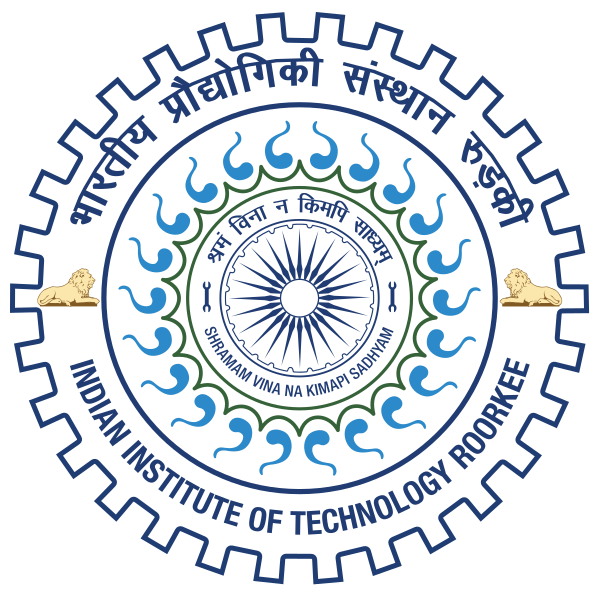Please use this identifier to cite or link to this item:
http://localhost:8081/jspui/handle/123456789/13179Full metadata record
| DC Field | Value | Language |
|---|---|---|
| dc.contributor.author | Nayal, Alok | - |
| dc.date.accessioned | 2014-12-05T06:33:48Z | - |
| dc.date.available | 2014-12-05T06:33:48Z | - |
| dc.date.issued | 2005 | - |
| dc.identifier | M.Tech | en_US |
| dc.identifier.uri | http://hdl.handle.net/123456789/13179 | - |
| dc.guide | Gupta, S. P. | - |
| dc.guide | Singh, S. P. | - |
| dc.description.abstract | A majority of railway traction drives in use today still utilize DC motors. The most appreciated DC motor for traction purpose is DC series motor because of its inherent high starting torque capacity. In early days most of the dc motor traction drives used inefficient resistance control to control the speed of the motor. However, with time, these drives were replaced with much efficient thyristor based drives which enabled the use of high power AC supply in Electric Traction. With closed loop DC drive, it became possible to control acceleration of the motor by controlling the motor torque. This was done by controlling the voltage from a low value at start to the high value at high speed. However, a high acceleration of the DC motor alone does not guarantee a high acceleration of the train which also depends upon the wheel-rail interaction. Thus the rotation of the wheel (a consequence of motor speed) may not completely result in translational motion of the train. When this happens, the wheel starts slipping on the track. This results in wearing of the wheel and also unnecessary wastage of precious electrical energy without yielding any acceleration to the train. In this work a DC motor drive for traction purpose has been simulated with effective wheel slip control strategies. A converter based DC motor drive has been used for this analysis. As a fist step towards this objective, a DC series motor, its characteristics and its behavior when fed from converter, both in open loop and closed loop has been studied. After developing a sufficient understanding of the behavior of a closed loop DC drive, a traction load model was developed. This model was then integrated with the motor drive to form a DC motor drive which yields an effective wheel slip control. The performance estimation of the drive for various mechanical conditions viz, flat track, inclined track and variable track conditions has been made. | en_US |
| dc.language.iso | en | en_US |
| dc.subject | ELECTRICAL ENGINEERING | en_US |
| dc.subject | DC MOTOR DRIVE | en_US |
| dc.subject | ELECTRIC TRACTION | en_US |
| dc.subject | RAILWAY TRACTION DRIVES | en_US |
| dc.title | PERFORMANCE ESTIMATION OF DC MOTOR DRIVE IN ELECTRIC TRACTION | en_US |
| dc.type | M.Tech Dessertation | en_US |
| dc.accession.number | G12347 | en_US |
| Appears in Collections: | MASTERS' THESES (Electrical Engg) | |
Files in This Item:
| File | Description | Size | Format | |
|---|---|---|---|---|
| G12347.pdf | 3.58 MB | Adobe PDF | View/Open |
Items in DSpace are protected by copyright, with all rights reserved, unless otherwise indicated.

